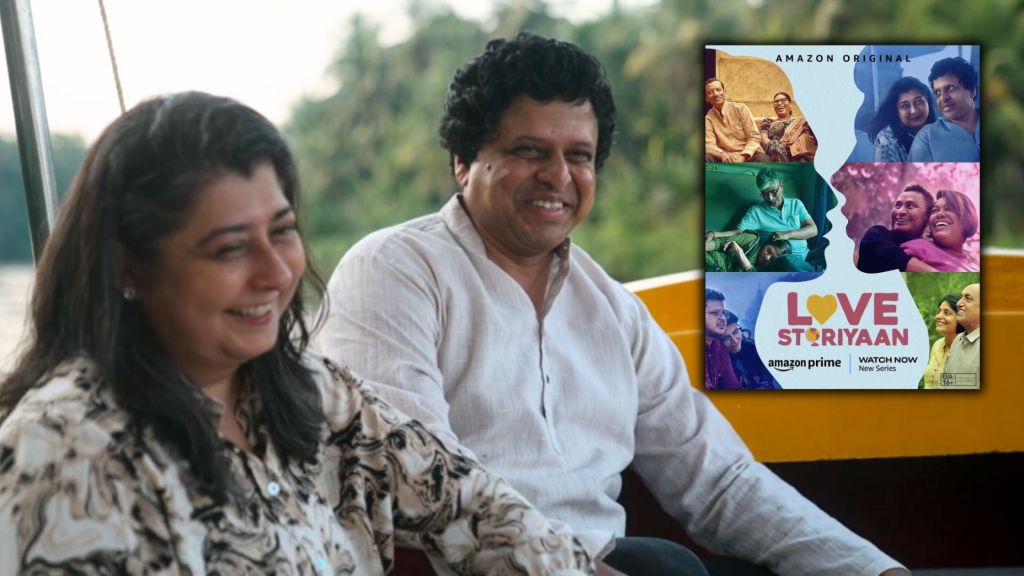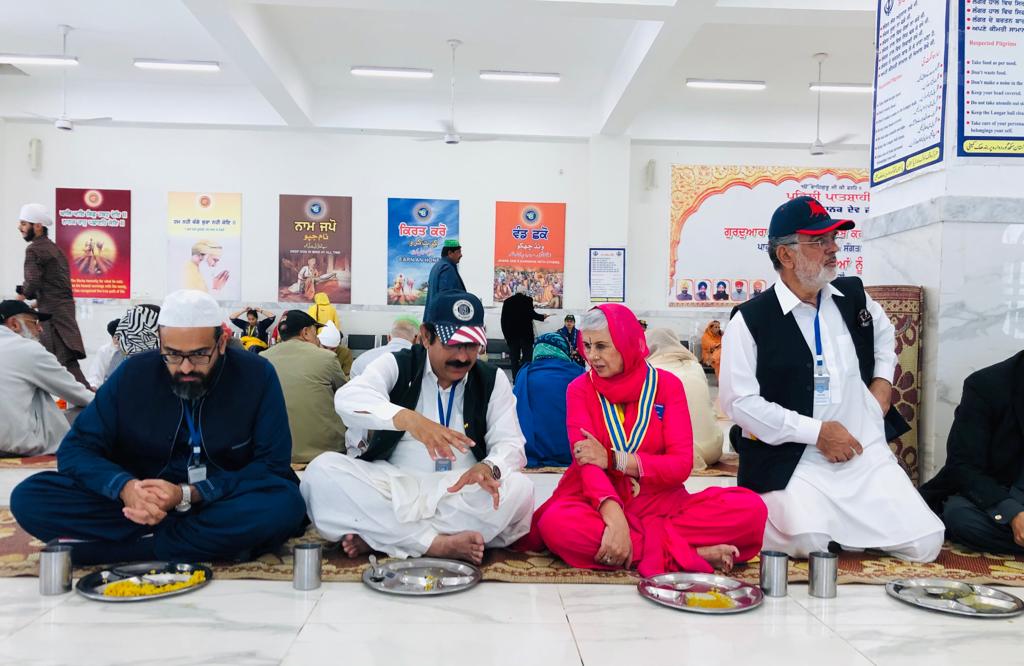V Sanjay Kumar’s debut novel Artist, Undone (Hachette) is the story of Harsh Sinha, who describes himself as ‘fat, fucked and forty’, and who buys an expensive painting because the subject in it looks like him, even if it ends up ruining his personal life. The rest of the book is his journey into the confusing and exhilarating world of art, marriage, friendships and coming to terms with his own identity.
A Chennai-based businessman, husband and father of two teenaged daughters, Kumar took off to the residency Sangam House in Nrityagram to complete this book. He tells us about the mindscape that went into the creation of his captivating literary masterpiece.
Are you an artist yourself?
I cannot draw my face or paint my window view. And if you gave me a hammer and a nail I would end up hurting myself. So I am not qualified to be an artist in the traditional sense. But you read a book like The Painted Word by Tom Wolfe and you end up confused. It brings into question the line we draw between visual art and the written word. I like the title. When I sketch a character, I want words to do more than occupy a page.
Are your characters inspired by any real-life persons? Do tell.
The fictional and the real walk hand-in-hand in the book. The Coromandel Artist’s Village takes from the Cholamandalam Artist’s Village, both on the outskirts of Chennai; curator and critic Ranjit Hoskote has a companion in the book called Bhaskar Ekbote; Australian art critic Robert Hughes could very well be the character Professor Hughes. Blurring the boundaries between the real and the fictional is exciting. Actually, what is fact and what is fiction when someone like Picasso said this about himself: “Art is a lie I use to tell the truth.”
Does art grow on you eventually, or is it like love at first sight?
Art challenges your idea of beauty; I have addressed this through the character Roongta whose sensibility could be called mainstream. He thinks a pretty landscape or a beautiful woman is good art. On the other hand Francis Newton Souza’s works seem ugly at first glance. It is hard to live with them and harder to share them with your guests at home. Artists like Souza dig deep and take you into new territory where you step carefully to begin with but end up getting lost in. This is the art that surprises you by its longevity.
For a debut novelist, you are remarkably confident in your writing. Tell us about the homework that went into this book.
Prior to this novel I had attempted another; it did not work but it helped me in more ways than I knew. And once I was onto the art world as a canvas, I was on sure ground. Twenty years in that world has given me a wealth of material.
Who are the authors you are influenced by?
I often read fragments from books by Italo Calvino and Jeanette Winterson. I enjoy reading excerpts from film screenplays like Fear and Loathing in Las Vegas. It is based on a Hunter Thompson book and is a remarkable take on drugged out denizens. This excerpt could be my epitaph if I lived half that life:
“There he goes. One of God’s own prototypes. A high-powered mutant of some kind never even considered for mass production. Too weird to live, and too rare to die.”
What are your favourite magazines and journals?
Twitter is a great boon. It is the best subscription service I can think of and it comes free. It has lead me often to publications like The New Yorker, Granta, The Paris Review, Caravan, Tehelka and Open.
What is it like, living with three beautiful women?
Fun and demanding. My wife and two daughters keep me on my toes and also keep me grounded. They view me as a work in progress. Writing can make you a recluse at home sometimes. I have to remind myself to get off my butt and live the daily life.
Any criticism or feedback from them that was useful in your writing?
The breakfast table is where I often think aloud and reactions often fuel my writing. My wife is my first port of call when I write something new. The one question she asks a lot while reading my stuff is “Is this you?” I don’t know the answer but the question helps.

First published in Atelier June 2012 issue









Leave a comment